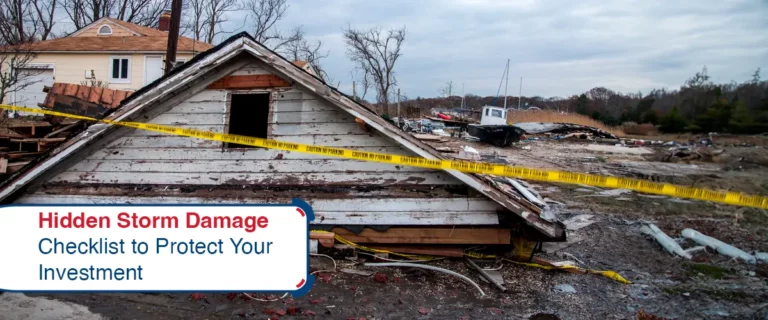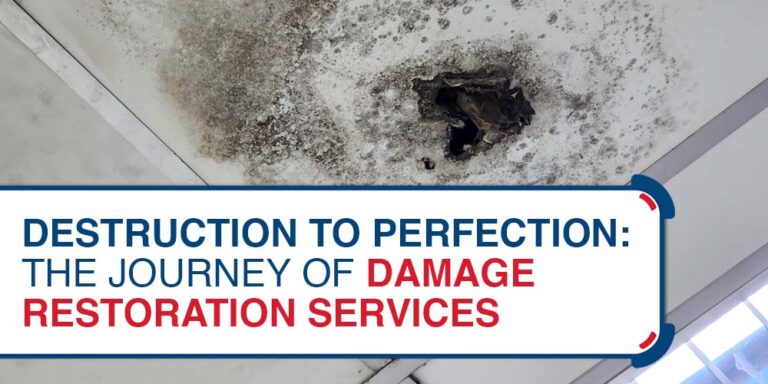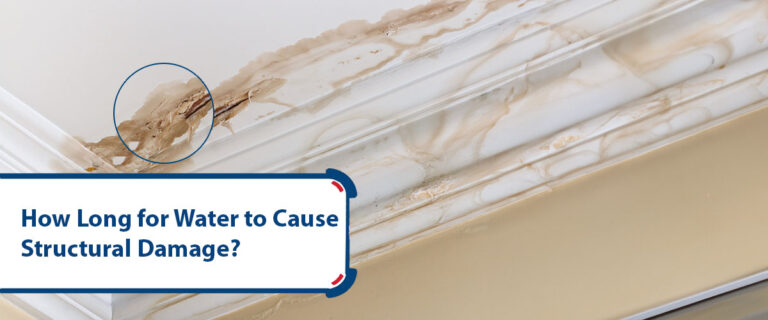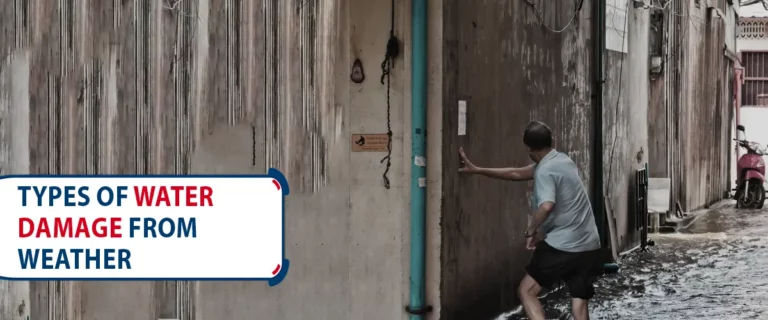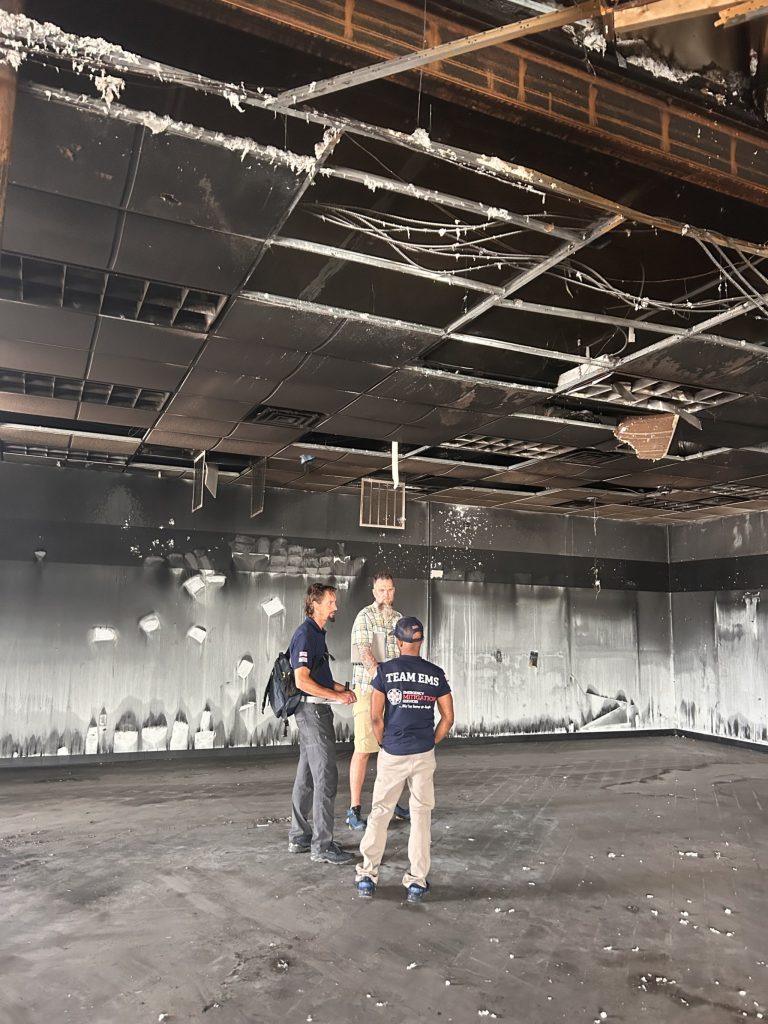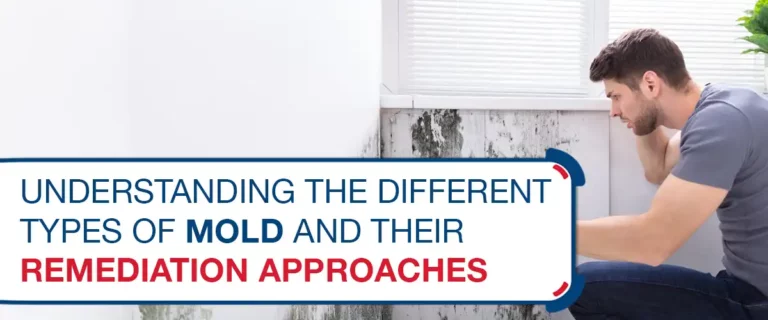The Water Damage Clean Up Process
Water damage can be a homeowner’s worst nightmare. Common causes of water damage or floods are recurring. The aftermath of water damage can be daunting, whether it be a burst pipe, flooding, or a natural disaster. But fear not! The road to recovery is straightforward if you know the steps to take. In this post, we’ll walk you through the water damage clean-up process in a conversational and insightful way.
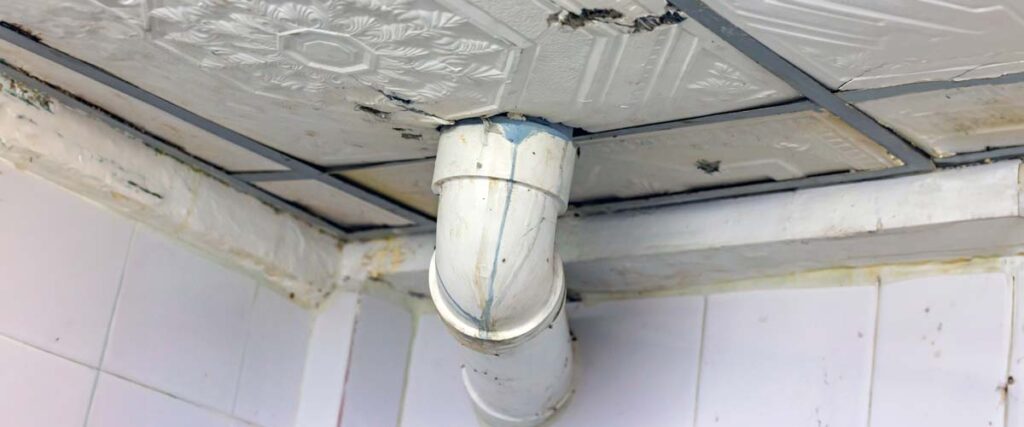
1. Immediate Response: Time is of the Essence
The first step in water damage recovery is acting quickly. Water damage can worsen rapidly, so addressing the issue as soon as possible is crucial. If it’s safe to do so, start by stopping the source of the water. This immediate response can mitigate further damage, whether it’s turning off the main water supply or patching a leak.
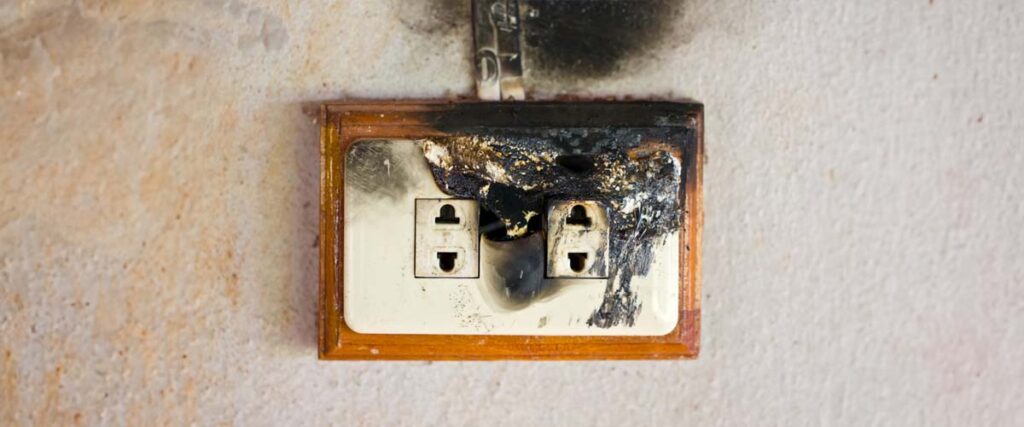
2. Safety First: Assessing the Damage
Before diving into clean-up, ensure your safety. Check for structural damage, electrical hazards, or other risks. If there’s significant damage, it’s best to wait for professionals. Remember, your safety is more important than any material possession.

3. Documentation: Your Insurance Lifeline
Now, document the damage. Take photos and detailed notes. This documentation is crucial for insurance claims and can help streamline the water damage recovery. Be thorough – the more evidence you have, the better.
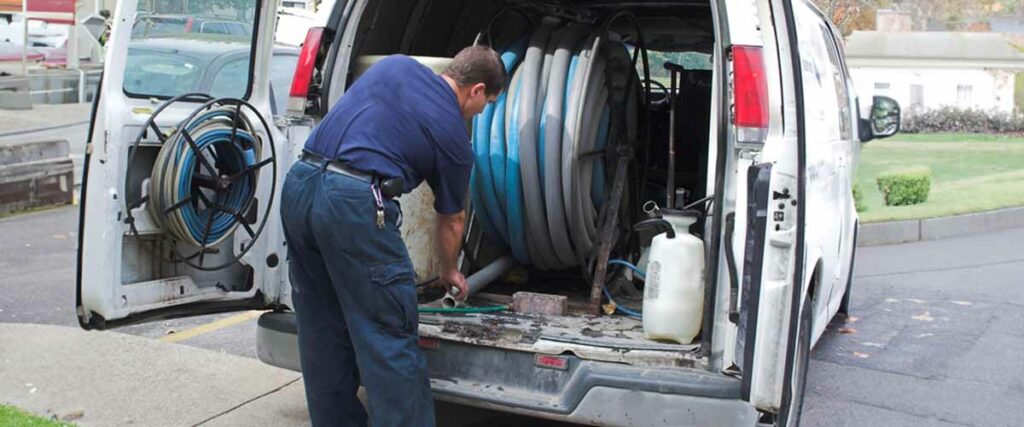
4. The Clean-Up: Rolling Up Your Sleeves
The actual clean-up process can be extensive. As per the water damage clean-up services in Kansas, it has to follow proper standards and procedures:
- Start by removing standing water.
- This might require pumps or vacuums.
- Next, move on to drying out the area.
- Industrial fans and dehumidifiers are effective, but even home fans can make a difference.
- Remember, mold can develop within 24-48 hours, so time is critical.
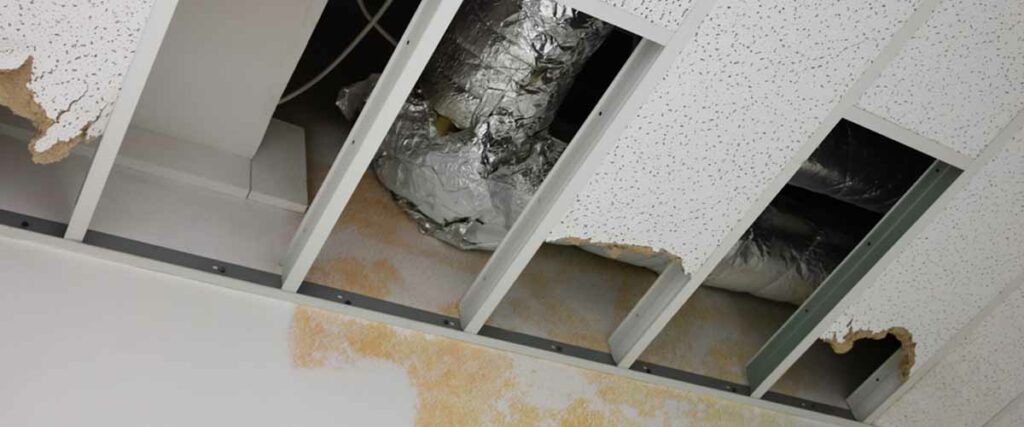
5. Salvaging and Restoring: What Can Be Saved?
Determine what can be salvaged and what needs to be discarded. Some items may be restored, but others, particularly those soaked for over 48 hours, might be beyond repair. Be discerning – holding onto damaged items can lead to mold and other issues.

6. Prevention: A Stitch in Time Saves Nine
Consider steps to prevent future water damage. This might involve waterproofing your basement, regularly inspecting your home’s plumbing, or ensuring proper drainage around your property. Prevention is vital to avoiding the repeat of such a stressful event.

7. Seeking Professional Help: When to Call in the Experts
Sometimes, the extent of the water damage emergency is beyond the scope of DIY efforts. Knowing when to call in professional water damage recovery services is crucial. They have the expertise, equipment, and experience to handle extensive damage, ensuring a thorough and safe recovery process.
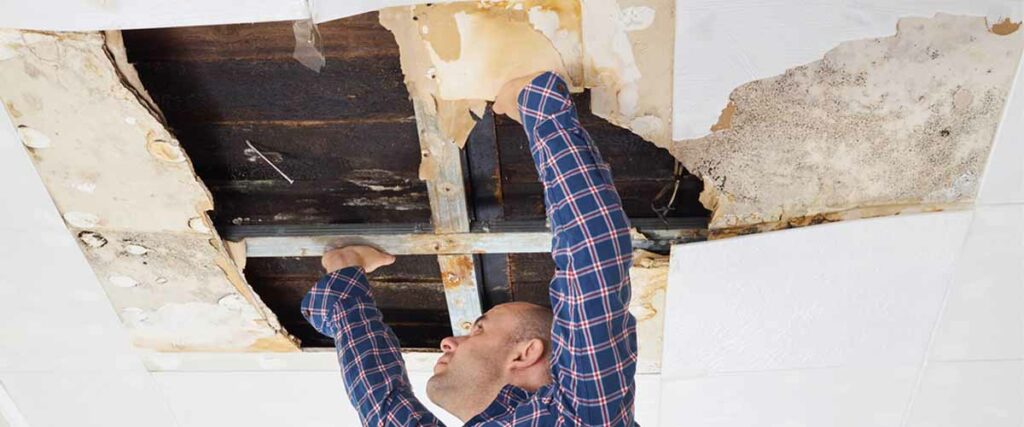
8. Emotional Recovery: Addressing the Psychological Impact
It’s important to acknowledge the emotional toll of water damage. Dealing with the disruption and loss can be stressful. Seeking support from friends, family, or professionals can be essential to the recovery process.
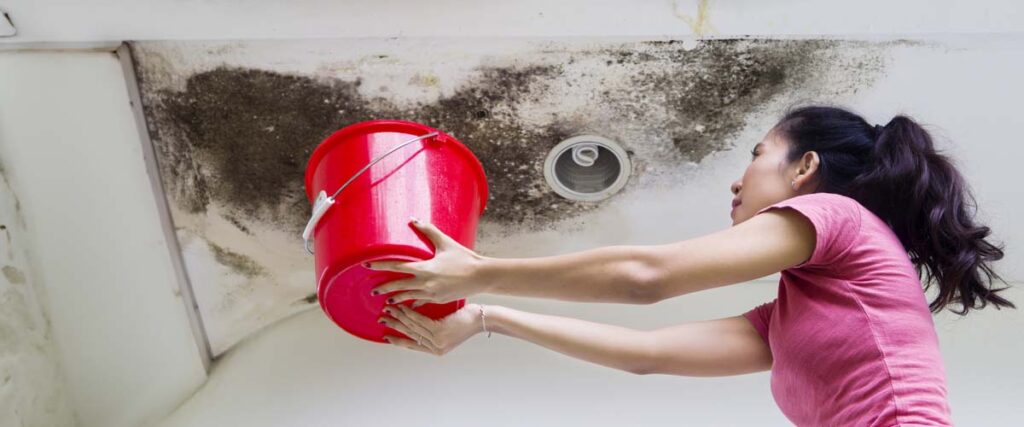
Navigating the Waters of Recovery
The journey to the water damage recovery process in Kansas City is multifaceted. It involves practical steps to remove water and repair damage and emotional resilience to navigate the challenges. By understanding the process, prioritizing safety, and knowing when to seek professional help, you can effectively manage the aftermath of water damage. Remember, the path to restoration is a journey that requires patience, perseverance, and the right approach.
Resources:
- What Causes a Flood? (n.d.). NOAA SciJinks. https://scijinks.gov/flood/
- Flooding. (2023, October 30). Environmental Protection Agency. Retrieved January 2, 2024, from https://www.epa.gov/natural-disasters/flooding



